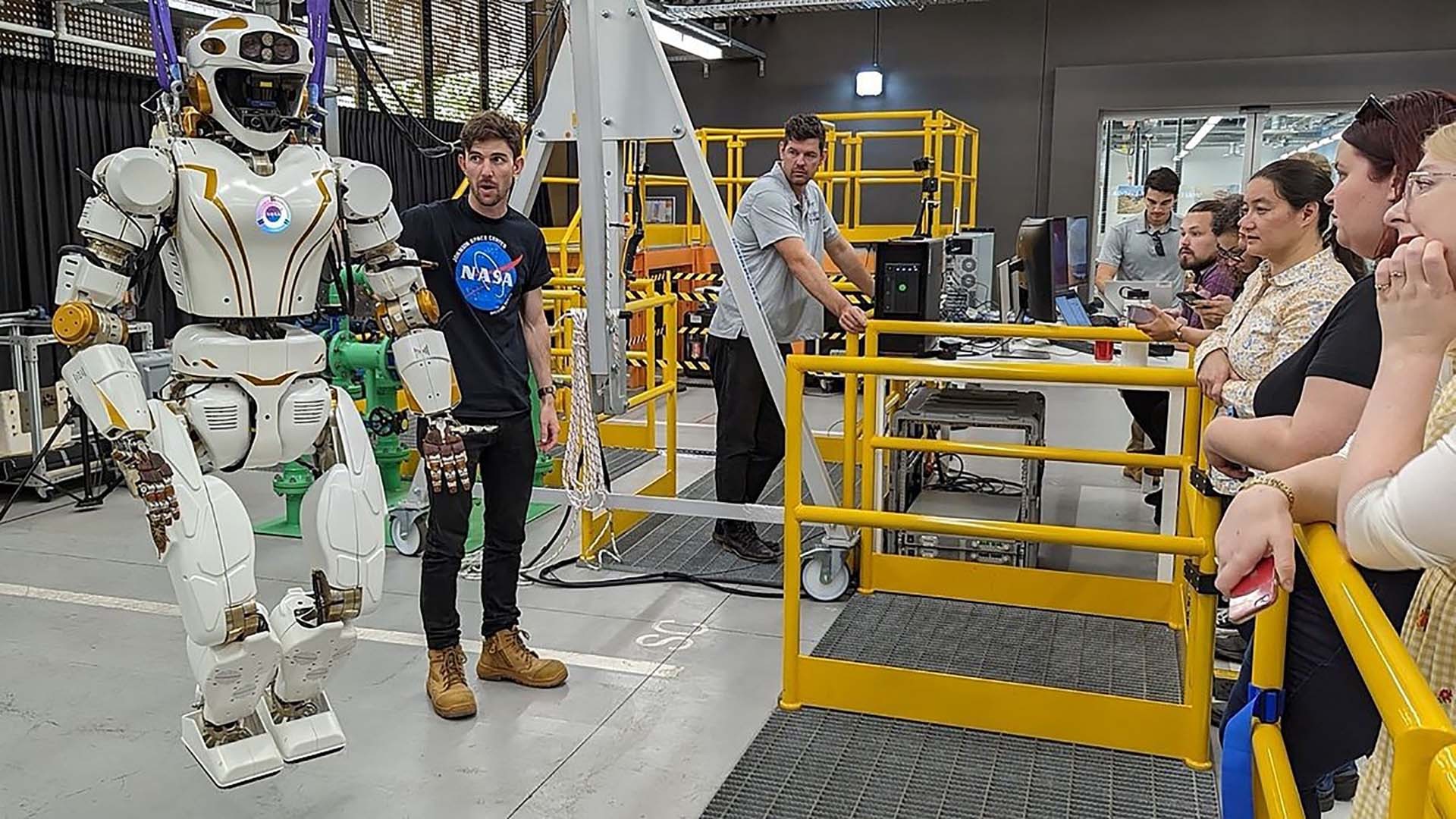 |
| Valkyrie robot during a NASA test. (Source: NASA) |
Humanoid robots are a familiar image in many science fiction movies. However, with the rapid development of artificial intelligence (AI) today, humanoid robots are becoming more and more popular in modern life.
“This is truly a turning point in history,” said Jonathan Hurst, co-founder of Agility Robotics, a Silicon Valley company that introduced its humanoid robot “Digit” to investors last week.
Mr Hurst, an engineer by trade, has been focused on building humanoid robots since his college days. “You can just talk to these robots and ask them to help you with anything,” he said of his long-held dream.
Simple labor
The Digit robot currently only does tasks such as loading and unloading boxes, arranging items, and completing simple tasks. In front of the audience, Digit demonstrated its ability to operate autonomously and solve problems thanks to OpenAI's ChatGPT 4.0 integrated into the software.
Due to Agility Robotics’ safety regulations, viewers must stand about six feet away from Digit. “We need thousands of hours of robot operation to continue to refine it and prove its safety for humans,” Hurst said. He expects it could be several years before the robots can operate smoothly together.
humans. At first glance, Digit might remind you of a robot from the sci-fi movie “Star Wars.” But the idea of highly intelligent robots living alongside humans is no longer science fiction. Amazon (an investor in Agility Robotics) said it will test Digit robots working in a warehouse in Seattle. Digit is just one of 750,000 robots that Amazon is testing working alongside its employees. To start, these robots will have specific tasks to complete. “We use robots to replace humans doing repetitive tasks, such as picking up and moving empty boxes,” said an Amazon representative.
Contradictory views
But for many workers looking for long-term employment, the idea of a robot co-worker isn't a welcome innovation.
In Hollywood, the Writers Guild of America ended a months-long strike after studio executives agreed to curb the use of AI, which writers and screenwriters feared threatened their jobs and pay. Actors, though, went on strike, citing the use of AI to create actor likenesses as one of their biggest gripes.
Mr Hurst disputes the notion that robots will replace many jobs.
“If you hire a million robots to do something at the same time, it might be a problem, but it won’t happen. Robots are machines, so it takes time to train them and expand their presence.”
Hurst would not disclose how many Digit robots Amazon is testing, but he hopes to produce 10,000 of them a year at its Oregon robotics factory by 2027.
Melonee Wise, CTO of Agility, is unequivocally proud of Digit’s potential. “People need to know that Digit is more than just a hunk of steel. As a software company, we are training this robot and designing an app for people to use.”
Humanoid robots are expected to replace humans in many fields of work in the future.
According to market research firm MarketsandMarkets, the humanoid robot industry will flourish in the next five years, reaching a value of 13.8 billion USD.
More and more AI humanoid robots are participating in human social life. In August 2023, the US technology company Apptronik launched its own humanoid robot, called Apollo. This robot is 1.7m tall and weighs 72.5kg, using a battery that allows it to operate continuously for 22 hours.
Apollo is capable of lifting objects weighing up to 25kg. This robot is currently working in warehouses, supply chains... to solve the labor shortage. However, Apptronik has even bigger expectations when it wants Apollo to serve human space exploration missions.
The US National Aeronautics and Space Administration (NASA) is also developing a humanoid robot called Valkyrie, which is 1.9m tall and weighs 125kg, with many joints allowing flexible movements. This robot moves on two legs and is capable of overcoming obstacles in different terrains.
Valkyrie was tested by NASA scientists in complex environmental conditions. If successful, it is very likely that this robot will be used by NASA for exploration missions to other planets.
Just a few decades ago, what smartphones can do today was considered science fiction. With the rapid development of technology, especially AI today, humanoid robots are expected to soon become as popular as smartphones, replacing humans in performing tasks in toxic and dangerous environments, helping humans in many fields and jobs... in the near future.
Source


![[Photo] General Secretary To Lam meets with veteran revolutionary cadres, meritorious people, and exemplary policy families](https://vstatic.vietnam.vn/vietnam/resource/IMAGE/2025/4/15/7363ba75eb3c4a9e8241b65163176f63)
![[Photo] Welcoming ceremony for Prime Minister of the Federal Democratic Republic of Ethiopia Abiy Ahmed Ali and his wife](https://vstatic.vietnam.vn/vietnam/resource/IMAGE/2025/4/15/77c08dcbe52c42e2ac01c322fe86e78b)

![[Photo] Air Force actively practices for the April 30th celebration](https://vstatic.vietnam.vn/vietnam/resource/IMAGE/2025/4/15/16fdec3e42734691954b853c00a7ce01)

![[Photo] Ho Chi Minh City after 50 years of national reunification through buildings and symbols](https://vstatic.vietnam.vn/vietnam/resource/IMAGE/2025/4/15/a224d0b8e489457f889bdb1eee7fa7b4)










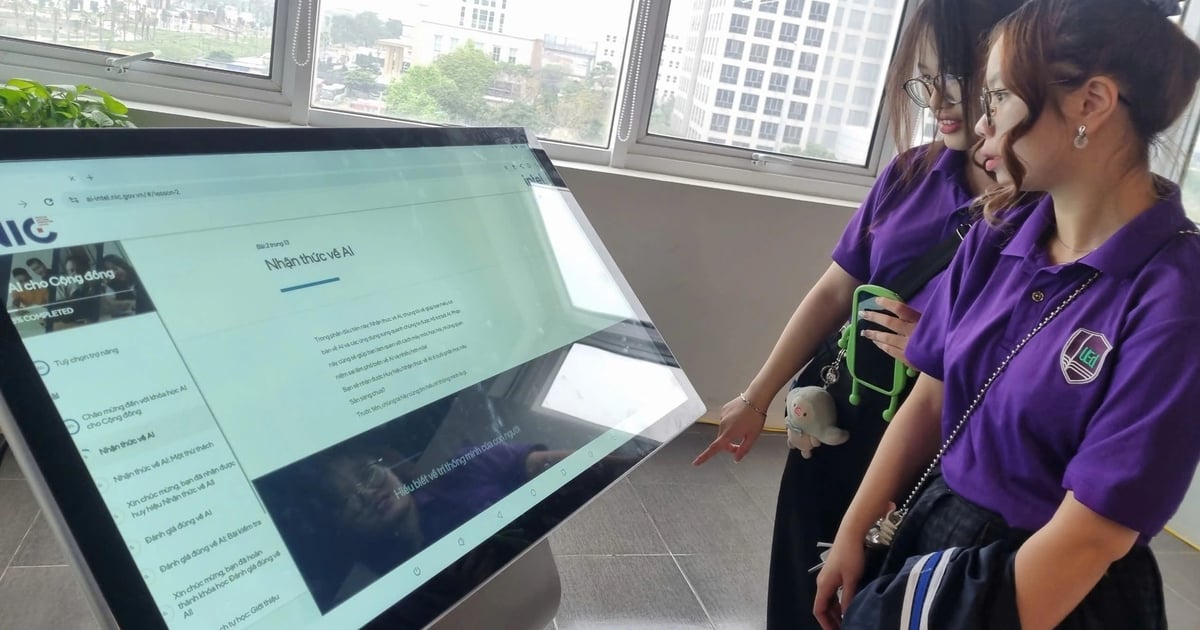



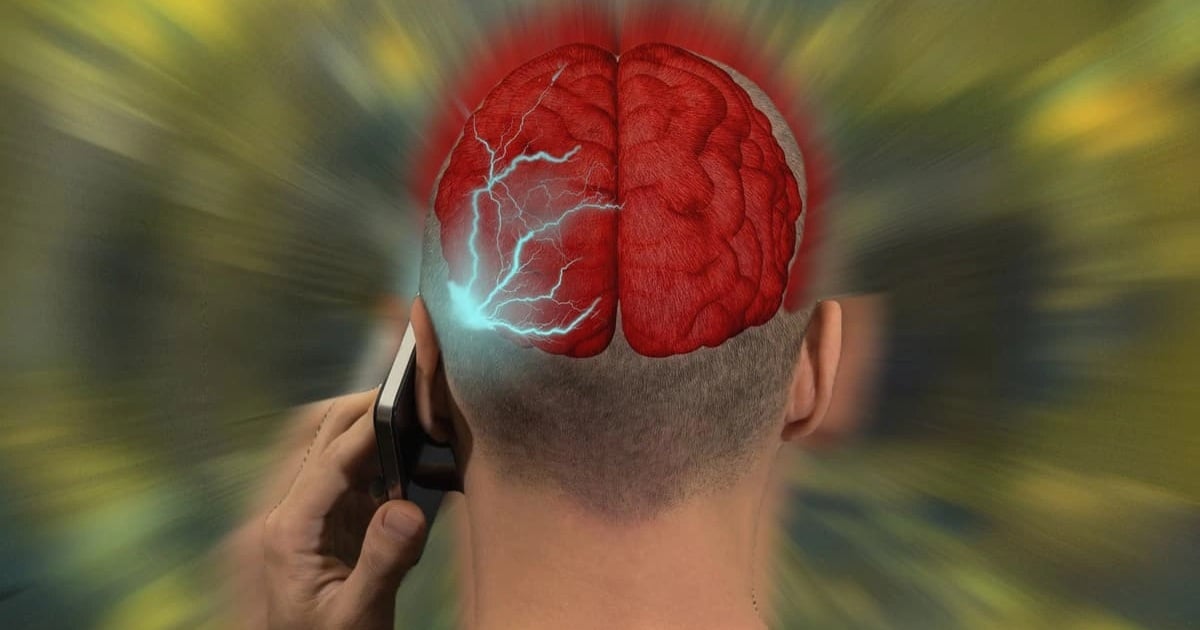









































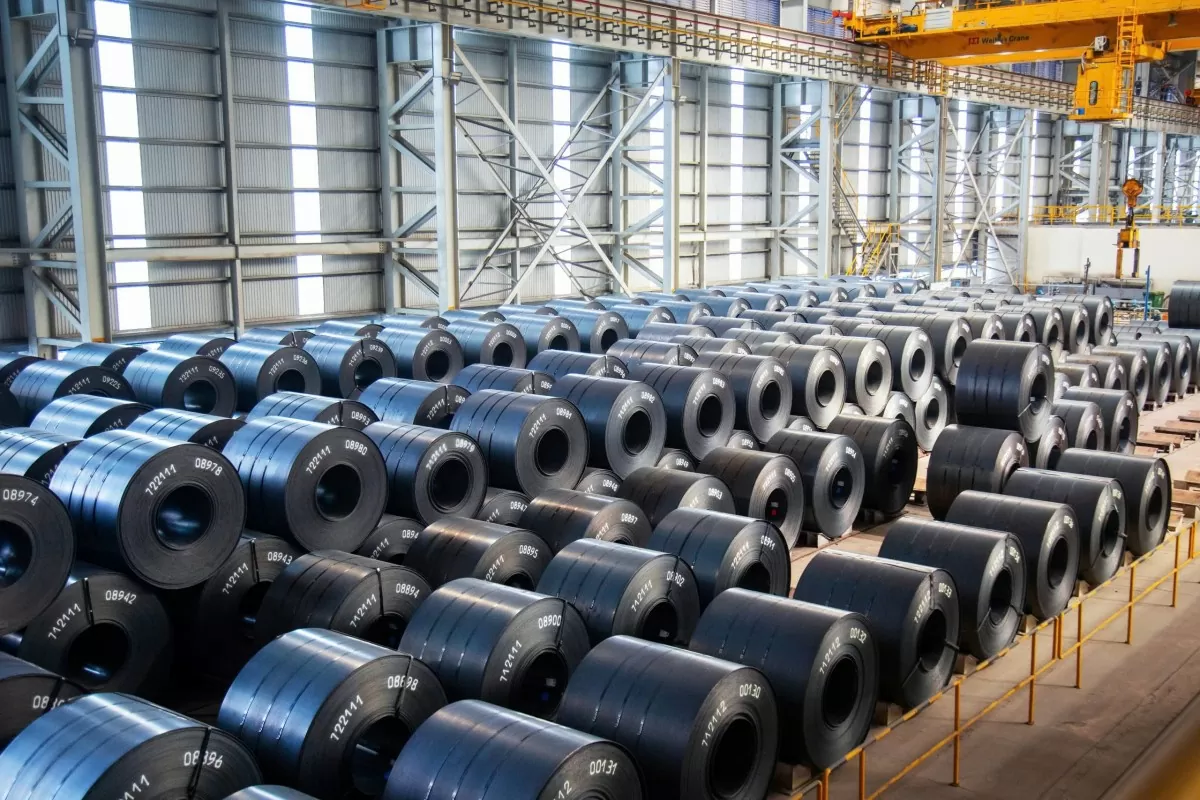













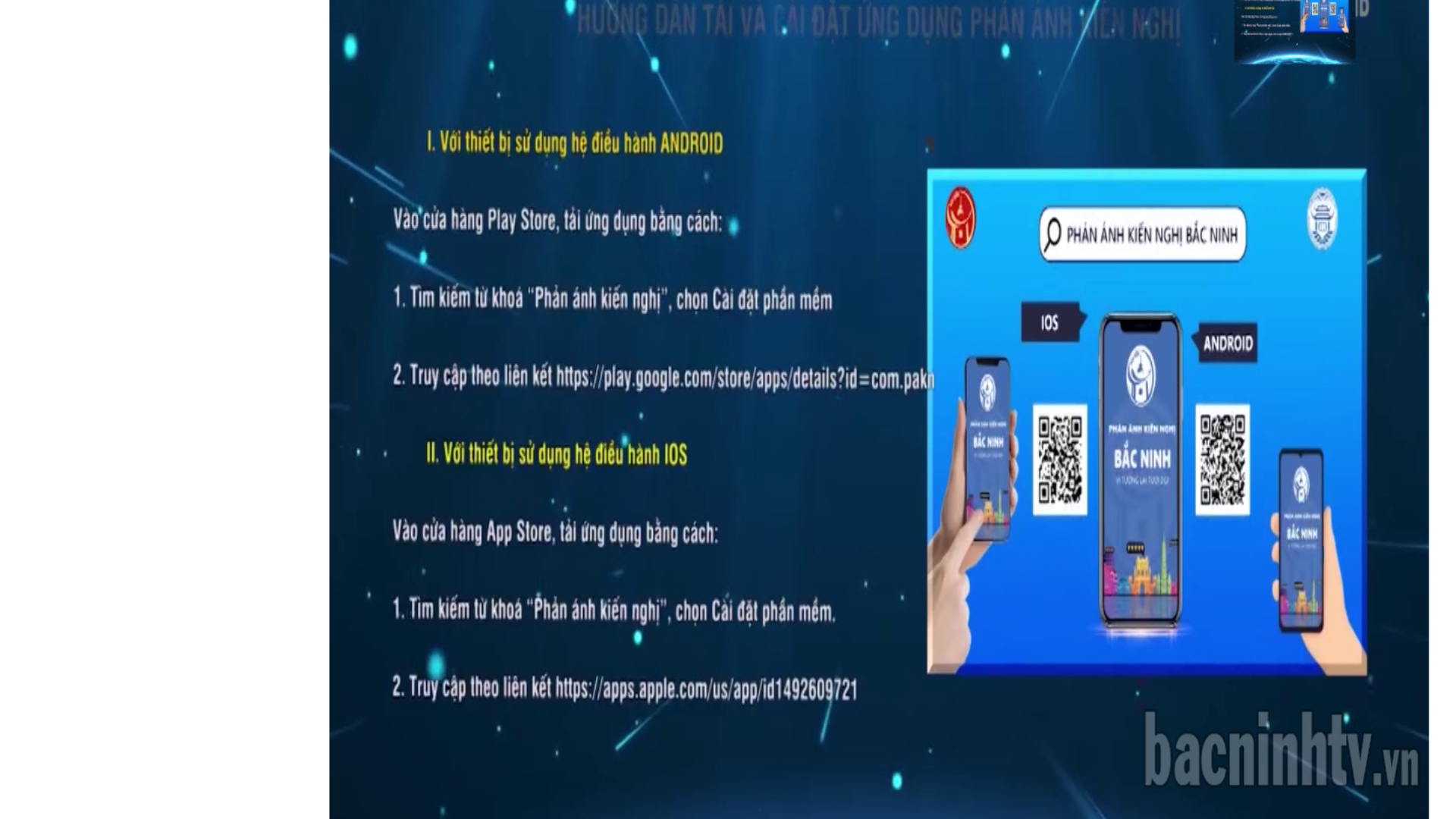











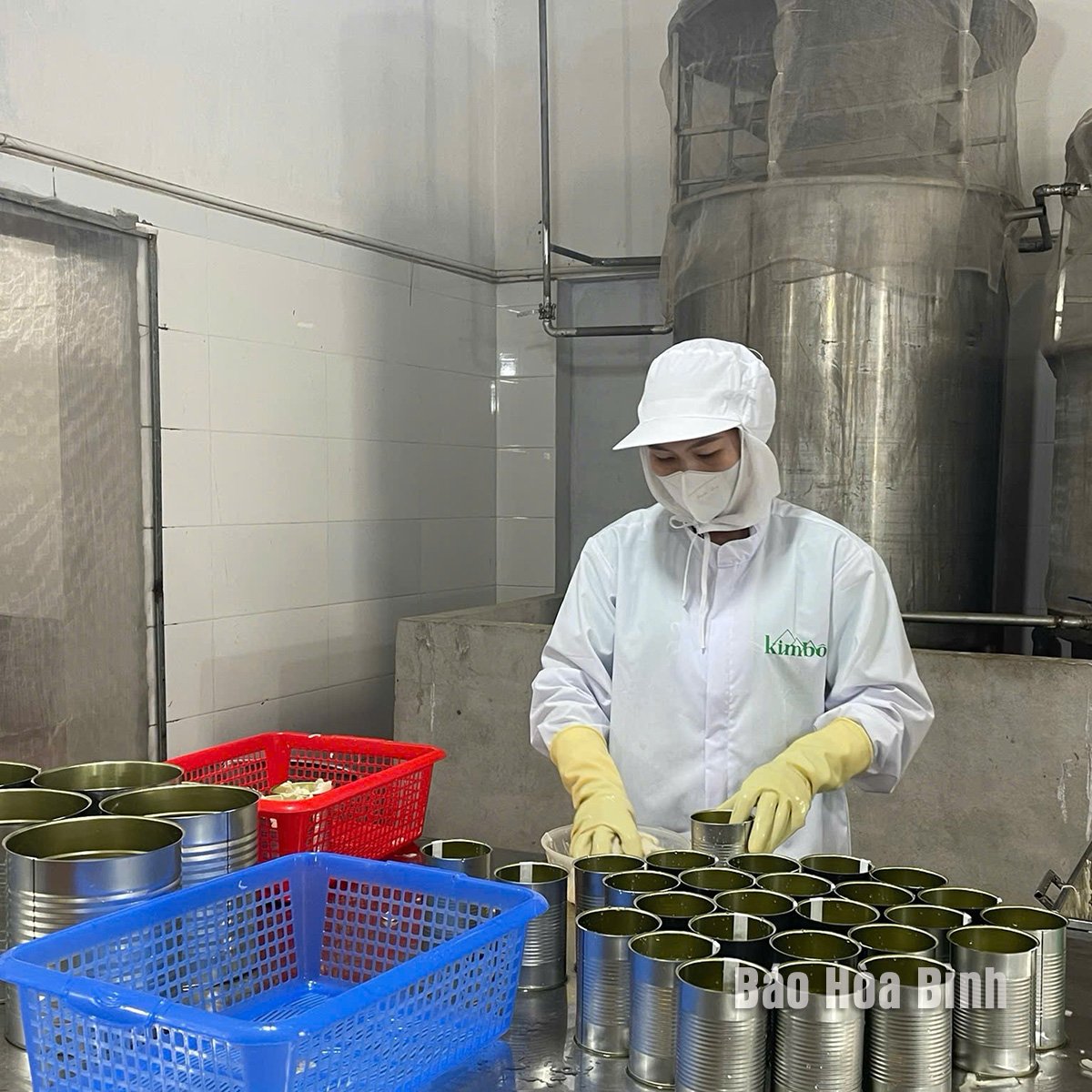




Comment (0)